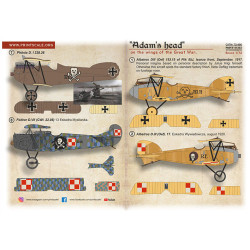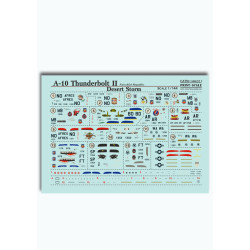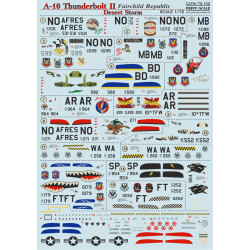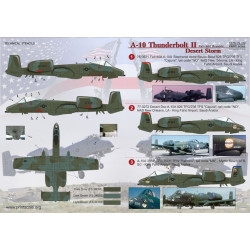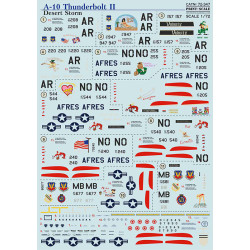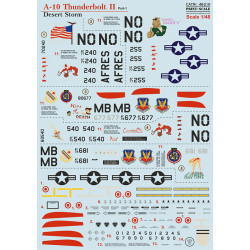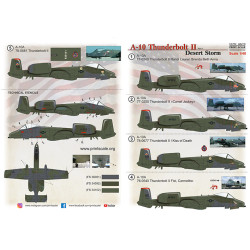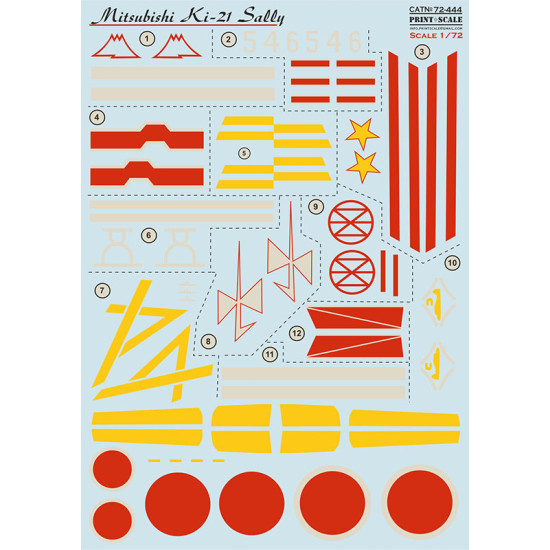
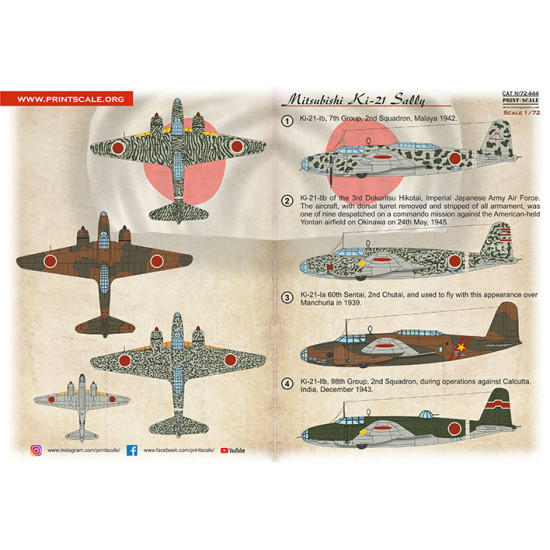
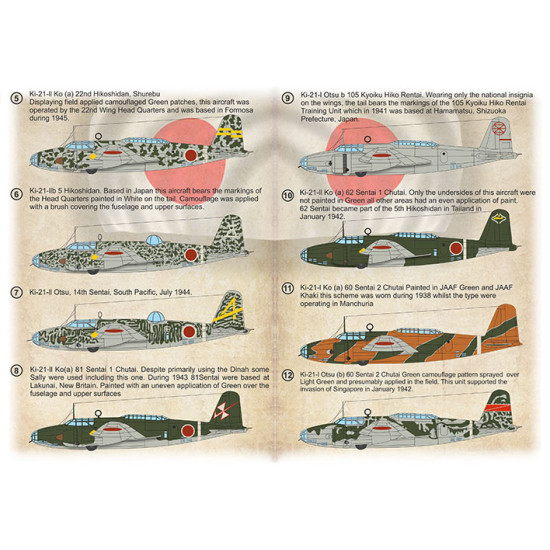
Hot



Mitsubishi Ki-21 72-444 Scale 1/72
| Scale | |
| Scale | 1:72 |
- Stock: 3
- Model: 72-444
- Weight: 12.00g
- SKU: 1129
- UPC: 950821378268
- MPN: 72-444
191 samples sold
£14.99
Ex Tax: £14.99
1. Ki-21-Ib, 7th Group, 2nd Squadron, Malaya 1942.
2. Ki-21-llb of the 3rd Dokuritsu Hikotai, Imperial Japanese Army Air Force. The aircraft, with dorsal turret removed and stripped of all armament, was one of nine despatched on a commando mission against the American-held Yontan airfield on Okinawa on 24th May, 1945.
3. Ki-21-Ia 60th Sentai, 2nd Chutai, and used to fly with this appearance over Manchuria in 1939.
4. Ki-21-llb, 98th Group, 2nd Squadron, during operations against Calcutta, India, December 1943.
5. Ki-21-ll Ko (a) 22nd Hikoshidan, Shurebu Displaying field applied camouflaged Green patches, this aircraft was operated by the 22nd Wing Head Quarters and was based in Formosa during 1945.
6. Ki-21-llb 5 Hikoshidan. Based in Japan this aircraft bears the markings of the Head Quarters painted in White on the tail. Camouflage was applied with a brush covering the fuselage and upper surfaces.
7. Ki-21-ll Otsu, 14th Sentai, South Pacific, July 1944.
8. Ki-21-ll Ko(a) 81 Sentai 1 Chutai. Despite primarily using the Dinah some Sally were used including this one. During 1943 81Sentai were based at Lakunai, New Britain. Painted with an uneven application of Green over the fuselage and upper surfaces.
9. Ki-21-l Otsu b 105 Kyoiku Hiko Rentai. Wearing only the national insignia on the wings, the tail bears the markings of the 105 Kyoiku Hiko Rentai Training Unit which in 1941 was based at Hamamatsu, Shizuoka Prefecture, Japan.
10. Ki-21-ll Ko (a) 62 Sentai 1 Chutai. Only the undersides of this aircraft were not painted in Green all other areas had an even application of paint. 62 Sentai became part of the 5th Hikoshidan in Tailand in January 1942.
11. Ki-21-l Ko (a) 60 Sentai 2 Chutai Painted in JAAF Green and JAAF Khaki this scheme was worn during 1938 whilst the type were operating in Manchuria.
12. Ki-21-l Otsu (b) 60 Sentai 2 Chutai Green camouflage pattern sprayed over Light Green and presumably applied in the field. This unit supported the invasion of Singapore in January 1942.
2. Ki-21-llb of the 3rd Dokuritsu Hikotai, Imperial Japanese Army Air Force. The aircraft, with dorsal turret removed and stripped of all armament, was one of nine despatched on a commando mission against the American-held Yontan airfield on Okinawa on 24th May, 1945.
3. Ki-21-Ia 60th Sentai, 2nd Chutai, and used to fly with this appearance over Manchuria in 1939.
4. Ki-21-llb, 98th Group, 2nd Squadron, during operations against Calcutta, India, December 1943.
5. Ki-21-ll Ko (a) 22nd Hikoshidan, Shurebu Displaying field applied camouflaged Green patches, this aircraft was operated by the 22nd Wing Head Quarters and was based in Formosa during 1945.
6. Ki-21-llb 5 Hikoshidan. Based in Japan this aircraft bears the markings of the Head Quarters painted in White on the tail. Camouflage was applied with a brush covering the fuselage and upper surfaces.
7. Ki-21-ll Otsu, 14th Sentai, South Pacific, July 1944.
8. Ki-21-ll Ko(a) 81 Sentai 1 Chutai. Despite primarily using the Dinah some Sally were used including this one. During 1943 81Sentai were based at Lakunai, New Britain. Painted with an uneven application of Green over the fuselage and upper surfaces.
9. Ki-21-l Otsu b 105 Kyoiku Hiko Rentai. Wearing only the national insignia on the wings, the tail bears the markings of the 105 Kyoiku Hiko Rentai Training Unit which in 1941 was based at Hamamatsu, Shizuoka Prefecture, Japan.
10. Ki-21-ll Ko (a) 62 Sentai 1 Chutai. Only the undersides of this aircraft were not painted in Green all other areas had an even application of paint. 62 Sentai became part of the 5th Hikoshidan in Tailand in January 1942.
11. Ki-21-l Ko (a) 60 Sentai 2 Chutai Painted in JAAF Green and JAAF Khaki this scheme was worn during 1938 whilst the type were operating in Manchuria.
12. Ki-21-l Otsu (b) 60 Sentai 2 Chutai Green camouflage pattern sprayed over Light Green and presumably applied in the field. This unit supported the invasion of Singapore in January 1942.


